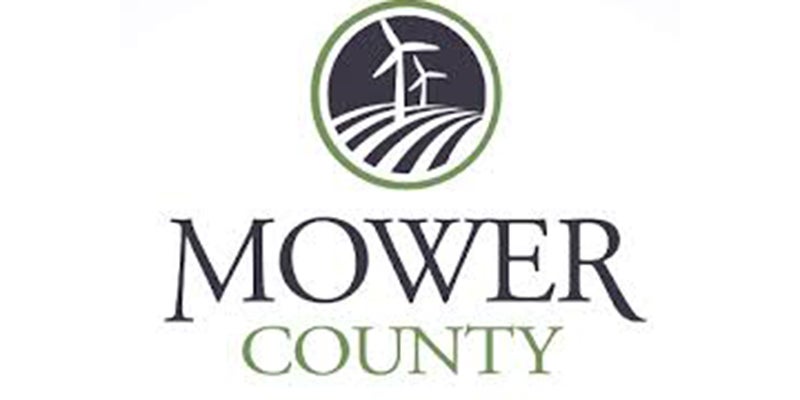Assessment to gauge future approaches to health
Published 7:01 pm Friday, September 6, 2024
|
Getting your Trinity Audio player ready...
|
Surveys will be among several methods used to get public input in the county
In the coming days and months, Mower County residents will have the opportunity to take part in an important study that will provide a health snapshot of the county.
Mower and Mayo Clinic Health Systems are working together on a community health needs assessment that will utilize surveys, one-on-one discussion and more in order to better understand the health needs of the county as well as develop an action plan to approach those areas identified.
“Health is the main focus, but it’s not the only focus,” said Allison Scott, community health educator for Mower County Health and Human Services. “It focuses on the social and environmental contributions that lead to health disparities.”
Those other areas can include things like housing, financial instabilities, mental wellness and transportation issues.
Those behind the assessment are hoping to boost the reach where they couldn’t before because there wasn’t the capacity to include a diverse selection of the population.
“We’re kind of flipping it on its head and hearing the invisible voices of the community,” Scott said. “Your voice is just as important as everybody else.”
The assessment will be carried out starting with 1,000 random residents throughout the county being selected to take part in a survey of 57 questions from the Minnesota Department of Health.
The survey can either be filled out and sent in or done online through the use of a QR code.
Another approach will be the use of one-on-one interviews with a smaller sampling within the county followed by something called an assessment raffle.
In this portion of the assessment, two smaller surveys will be available and if you choose to take part in one survey you’ll get one entry in the raffle. Complete the second you get three entries. Those taking part in this part can win a gift basket with an assortment of prizes from local mom and pop stores.
The fourth facet of the assessment includes meetings with leaders in the county to learn about their lived experience and that of their clients. Each of these will typically take around an hour to two hours to complete.
“It’s just getting more voices and more inputs,” Scott said.
The importance of the assessment is its weight in determining the action plan, which will help to narrow down the top three health identifiers found during the assessment.
In the past, these have included substance abuse, mental well being and access to health care.
“That leads to different health initiatives, not just for local public health, but as well as our community partners to mitigate these issues so we can have a healthier future,” Scott said.
Along with Mower County and MCHS, other partnerships are being created to help further expand the scope of the assessment.
Scott said she has already reached out and begun the work of pairing with the United Way of Mower County to help make use of their own network as well as reaching out and working with Apac to possibly create a partnership there as well.
The main survey of the assessment is set to go out this month still, with the hope of getting those surveys back in November with the one-on-ones hopefully starting in the next couple months.
Scott said the other two approaches are more fluid, with no official timeline as to when those might start.
However, everything needs to be wrapped up and finalized by June of 2025, with the goal to complete all of the data collection by around April so Scott has time to quantify the data.
“After it’s published in June 2025, we have five years to do the measurable actions,” Scott said. “We report to MDH quarterly on how we’re implementing that action plan.”
The assessment isn’t a new thing to Mower County, after it was made a requirement in the late 1970s. It’s a continuous effort that has allowed the county to reevaluate over time, make improvements to current plans or simply start from scratch.
That includes more partnerships and outreach within the different communities to further strengthen any plan that is formed.
At the same time, Scott emphasized the importance of the assessment, especially in light of recent findings in some of these areas.
She said that in a ranking for health outcomes in 2023, Mower ranked 81st out of 87 counties.
“According to our Minnesota Student Survey conducted in 2022, the state average for suicidal ideations for kiddos were around 20, 25%,” she said, adding that in Mower, that number was consistently higher.
“Those are scary stats,” Scott said. “It’s something we are unfortunately defined by, but there is no why. We don’t have the reason why there are such issues. It helps us to know, it helps our partners to know, it helps the community know themselves.”



